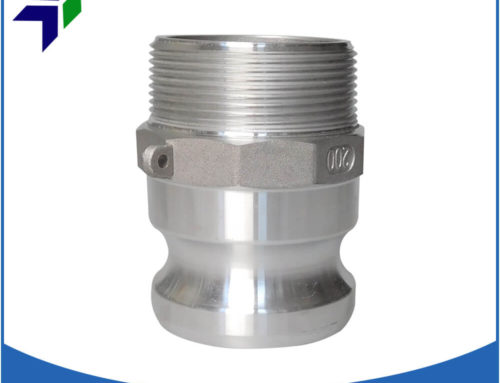Introduction:
Camlock coupling are widely used in various industries for their ease of use, versatility, and ability to provide a secure and leak-free connection. These fittings consist of two parts, a male adapter and a female coupler, which interlock to create a tight seal. One crucial aspect to consider when selecting camlock fittings is the material they are made of. In this article, we will explore the different materials commonly used in camlock fittings and discuss their advantages and applications.
1. Stainless Steel:
Stainless steel Camlock coupling are highly durable and resistant to corrosion, making them suitable for a wide range of applications, including food and beverage processing, pharmaceuticals, and chemical industries. They are known for their strength and ability to withstand high temperatures and pressures. Stainless steel fittings also offer excellent resistance to chemicals and can be easily cleaned, making them ideal for hygienic environments.
2. Brass:
Brass Camlock coupling are popular for their affordability and good corrosion resistance. They are commonly used in applications such as water transfer, irrigation, and fuel handling. Brass fittings are known for their high conductivity, making them suitable for electrical grounding purposes. However, they may not be suitable for use with certain chemicals or in environments with high temperatures.
3. Aluminum:
Aluminum Camlock coupling are lightweight and offer excellent corrosion resistance. They are commonly used in industries such as agriculture, construction, and firefighting. Aluminum fittings are easy to handle and install, making them a preferred choice for applications that require frequent assembly and disassembly. However, they may not be suitable for use with certain chemicals or in applications that require high strength or pressure resistance.
4. Polypropylene:
Polypropylene Camlock coupling are lightweight, cost-effective, and resistant to most chemicals. They are commonly used in applications involving acids, alkalis, and solvents. Polypropylene fittings are also suitable for use in the agricultural industry, where they are used for irrigation systems and fertilizer applications. However, they may not be suitable for use in high-temperature applications or with certain aggressive chemicals.
5. Nylon:
Nylon Camlock coupling offer excellent resistance to chemicals and abrasion. They are commonly used in applications involving fuels, oils, and hydraulic fluids. Nylon fittings are lightweight and easy to handle, making them suitable for applications that require frequent assembly and disassembly. However, they may not be suitable for use in high-temperature applications or with certain aggressive chemicals.
Conclusion:
When selecting Camlock coupling, it is essential to consider the specific requirements of your application. Stainless steel fittings offer durability and corrosion resistance, while brass fittings are affordable and have good corrosion resistance. Aluminum fittings are lightweight and easy to handle, while polypropylene and nylon fittings offer resistance to chemicals. By understanding the advantages and limitations of each material, you can choose the most suitable camlock fittings for your specific needs.









Leave A Comment